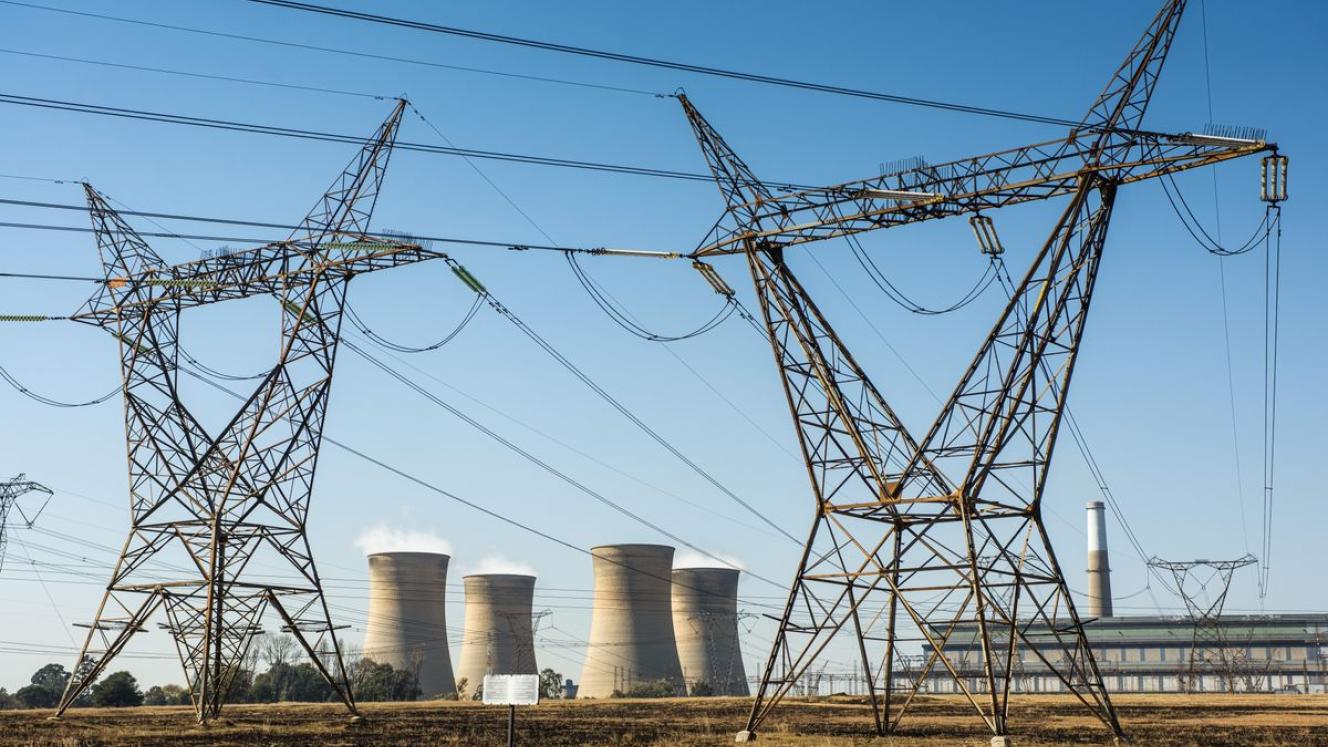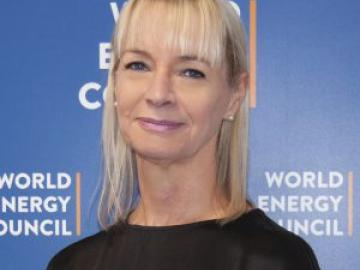by Charlotte Mathews and Chris Yelland, EE Business Intelligence
Eskom’s prolonged delay in releasing its financial results for the year to 31 March 2022 probably means that some unpleasant shocks lie in store for its shareholder, debt holders and customers.
Eskom’s generation performance has been continually deteriorating for the last several years, which affects revenue and cashflow, while a resolution of its debt burden has still not been concluded.
Until Eskom is on a sound financial footing, it lacks the funds to invest in maintenance and the expansion of generation and transmission capacity, at a time when the economy is being crippled by daily load shedding.
The utility is currently surviving on regular government bailouts, which diverts public money needed for other urgent socio-economic interventions. But with rising costs and insufficient funds at its disposal, Eskom will continue to apply for above-inflation tariff hikes, which have become an annual occurrence.
When will the results see light?
Eskom should have submitted its financial year (FY) 2021/22 results to Parliament by 30 September 2022. However, at this date, Eskom said its results would only be finalised by the end of November, with a number of reasons given.
These included the delayed appointment of external auditors and the need to restate its financials for the previous (2020/21) financial year, due to reclassification of inventory, revaluation of property and equipment, and to ensure compliance with procurement regulations.
Then in November 2022, Bloomberg reported that Eskom promised to release its year-end figures before the end of December 2022. This is the time when Eskom would normally be reporting its interim results for the current financial year.
This week, Eskom spokesman Sikonathi Mantshantsha said arrangements for releasing the 2021/22 financial results were under way, but a specific date could not yet be confirmed. He further indicated that Eskom’s 2022/23 interim results would be released during the first quarter of next year.
How 2022 may look vs. 2021
While Eskom’s sales volumes have decreased in recent years, the utility’s sales revenue continues to increase (2019/20: R199,5-billion; 2020/21: R204,3-billion), due to continued, above-inflation electricity tariff increases.
Revenue in 2021/22 is expected to be higher still, as Eskom increased its average tariffs by 15,6% on 1 April 2021, while the economy was recovering from Covid-19 losses. Selected commodity prices also remained strong, benefiting Eskom’s mining customers.
However, in the longer-term, Eskom’s sales volumes and revenues are under threat, as more customers, including some of its largest energy intensive users, are supplementing their energy needs with renewables and other self-generation options, to ensure security of supply, contain costs and decarbonise their operations.
One of the legacies of many years of mismanagement of Eskom’s new-build programme is the utility’s R400-billion long-term debt.
For 2020/21, Eskom reported that its net operating income (EBITDA) of R32,8-billion could only meet 30% of its debt service commitments, and only 85% of the interest on its debt. Eskom’s liquidity is likely to be worse in the 2021/22 and 2022/23 financial years, due in part to rapidly rising diesel costs.
In 2020/21, Eskom reported a net loss after tax of R18,9-billion, which was slightly better than the loss of R20,8-billion loss for 2019/20. However, according to Bloomberg, that R18,9-billion loss in 2020/21 has now been restated as R25,3-billion, and it is expected that the loss for 2021/22 could be similar.
The Minister of Finance indicated in his medium-term budget policy statement in October 2022 that government would take one- to two-thirds of Eskom’s debt onto its own balance sheet. This would strengthen Eskom’s balance sheet and credit rating. However, more precise details and dates are still to be clarified in the minister’s budget speech in February 2023.
Strengthening Eskom’s balance sheet would enable the utility to invest in long overdue upgrades to the transmission grid, and improve distribution and transmission grid access for new generation capacity from independent power producers (IPPs).
The cost of diesel
In 2020/21, Eskom spent R4,12-billion on diesel for it its open-cycle gas turbines (OCGTs) to offset its deteriorating generation performance, as plant availability fell to from 66,64% in 2019/20 to 64,19% in 2020/21. But this cost is likely to have escalated in 2021/22, as plant availability fell further to 61,86%, with significantly higher levels of load shedding.
During its most recent state-of-the-system briefing on 15 November 2022, Eskom’s chief operating officer Jan Oberholzer said Eskom had spent R11,2-billion on diesel in the 2022/23 financial year from 1 April 2022 to 31 October 2022 – about double the budget for the full financial year. As a result, Eskom said it had run out of funds to procure more diesel until the next financial year.
The ministers of Public Enterprises and Mineral Resources & Energy have since arranged for an emergency supply of 50-million litres of diesel from PetroSA, for which a funding solution has still not been announced.
This probably means that more bad news awaits in Eskom’s 2022/23 financial results.




